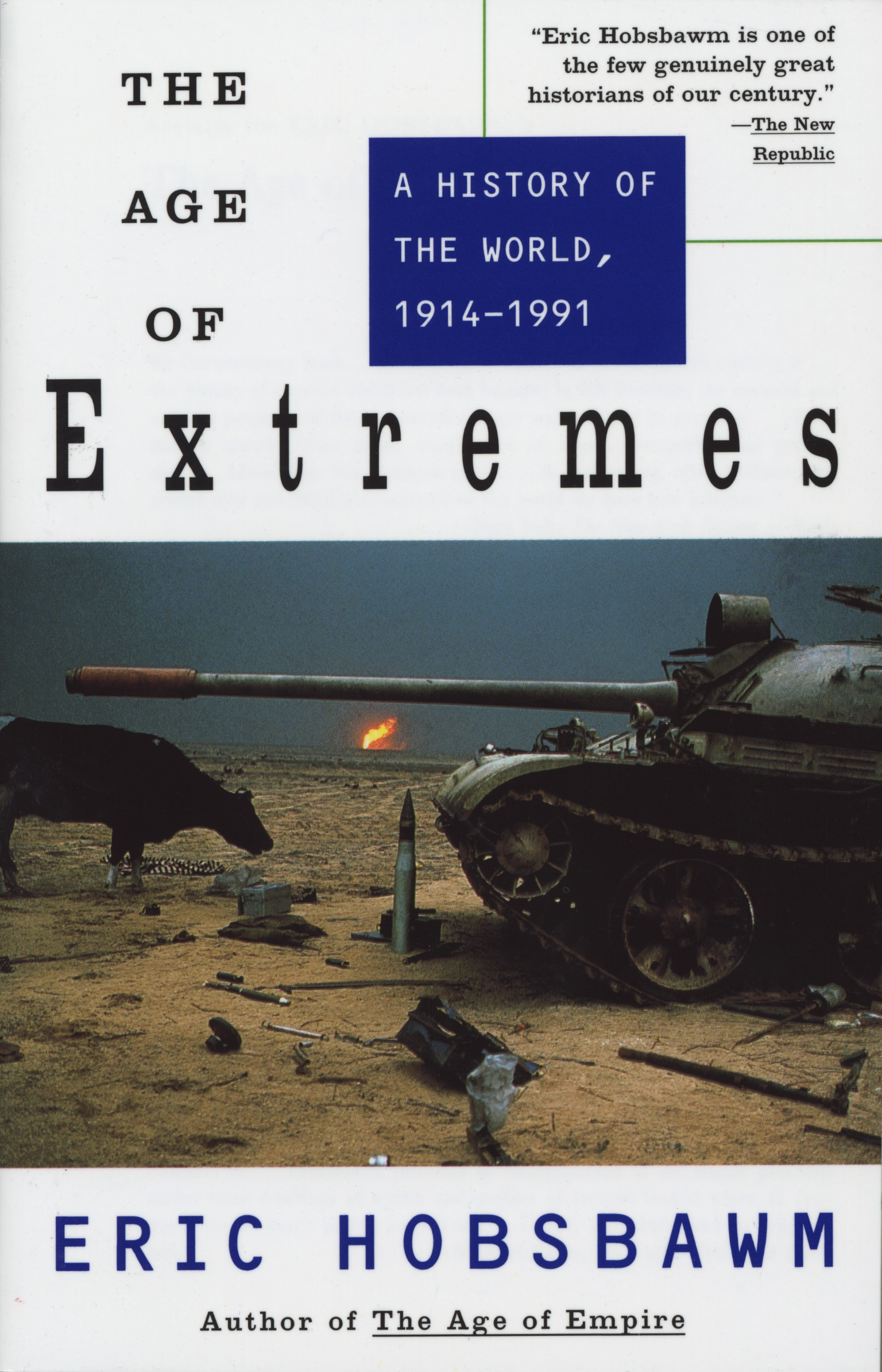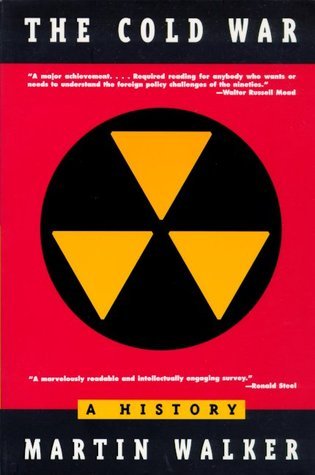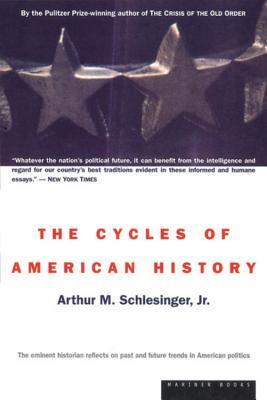
The Rise and Fall of the Great Powers: Economic Change and Military Conflict from 1500 to 2000
Book Description
Empires rise like titans, only to crumble under the weight of their own ambition. In "The Rise and Fall of the Great Powers," Paul Kennedy unveils the intricate dance between economic might and military conflict that has defined nations from 1500 to 2000. Each chapter uncovers the relentless pursuit of power, where shifts in balance shape destinies and alter the course of history. As the tables turn, alliances fracture, and the world teeters on the brink of chaos, the question lingers: which power will seize the moment, and which will fade into the annals of time?
Quick Book Summary
Paul Kennedy’s "The Rise and Fall of the Great Powers" explores how the destinies of leading nations have been shaped over five centuries by the interplay of military conflict and economic strength. Surveying the world from 1500 to 2000, Kennedy demonstrates how empires rise to prominence by leveraging their productive capacities, only to decline when military and strategic overreach outpaces economic resources. The book integrates a grand sweep of history, analysis, and theory, revealing consistent patterns: great powers must balance military expenditures with national wealth, adapt to technological innovations, and respond to shifting geopolitical dynamics. Kennedy concludes by warning that present and future powers, including the United States, are bound by similar economic and strategic constraints, offering a sobering perspective on the cycles of global power.
Summary of Key Ideas
Table of Contents
The Interdependence of Economic Strength and Military Power
Kennedy contends that the rise and fall of great powers throughout modern history is rooted in the relationship between economic capacity and military potential. Beginning in 1500, as Europe emerged from the Middle Ages, he demonstrates how shifts in wealth and productive resources—especially in Western Europe—permitted some states to finance larger militaries, thereby reshaping the world’s geopolitical order. Nations that managed to cultivate both economic and military strength dominated the global stage.
The Dangers of Imperial Overstretch
However, Kennedy shows that such dominance comes with risks. As empires seek further expansion, their military obligations frequently outgrow their economic bases. This phenomenon, called “imperial overstretch,” plagued empires from Habsburg Spain to Britain, as well as France and others. The cost of upholding vast expanses and fighting extensive conflicts drains national treasuries, erodes competitiveness, and sows the seeds of decline, setting the stage for emerging powers to ascend.
Technological Innovation as a Catalyst for Power Shifts
Throughout his survey, Kennedy highlights the transformative impact of technological and administrative innovation. The adoption of new sailing techniques, industrialization, and better systems of finance shaped the fortunes of powers like Britain and the United States. The ability to innovate and harness resources more efficiently often determined which nations could project power and adapt to changing strategic landscapes, providing them with decisive advantages.
Geopolitical Competition and Changing Alliances
Kennedy also addresses the evolving nature of international competition. Shifting alliances, rivalries, and the emergence of new players like Germany, Japan, and the United States in the nineteenth and twentieth centuries reflect a dynamic international system. The global balance of power is in constant flux, driven by economic growth, strategic maneuvering, and periodic conflict. Great powers seek both security and expansion, but this cycle inevitably generates tension and confrontation.
Lessons for Contemporary and Future Powers
As he concludes, Kennedy applies his historical analysis to the late twentieth century, arguing that even the United States faces constraints similar to past empires. Maintaining global commitments while managing internal economic challenges is a delicate balance. Kennedy’s work serves both as a cautionary tale and an analytical framework, urging policymakers and readers to recognize the persistent linkage between economic strength and military/clout, and to heed the lessons history imparts about the limits of power.
Download This Summary
Get a free PDF of this summary instantly — no email required.





